Wondering what to do with those leftover LED strips after finishing a project? From brightening small spaces to enhancing decor, these extra strips can be transformed into practical and aesthetic lighting solutions. Let’s explore creative ways to reuse them effectively.
Repurpose leftover LED strips by using them in small spaces like under shelves, behind TVs, or as accent lighting for furniture and artwork. These strips add ambiance and functionality without wasting materials.
We have plenty of creative ideas to help you make the most out of those leftover LED strips. Read on to discover how they can bring new light to unexpected places!
Understanding Leftover LED Strips
Basics of LED Strips
LED strip lights offer a flexible lighting solution for various spaces. You can find different types of LED strips, each with unique features. Some LED strips come with waterproof coatings, making them perfect for outdoor use. Others offer color-changing capabilities, adding a dynamic touch to any room. Each type serves a specific purpose, so understanding the options helps you choose the right one for your needs.
Leftover LED strips often result from overestimating the length needed for a project. Sometimes, a project requires precise cuts, leaving small sections unused. These leftover pieces may seem insignificant, but they hold potential for creative reuse. Repurposing these strips can transform small spaces and add a unique ambiance to your home.
Technical Aspects
Cutting LED strips safely ensures that the lights continue to function properly. Most LED strips have designated cutting lines marked with a scissors icon. You should always cut along these lines to avoid damaging the circuit. Proper cutting allows you to use every inch of the strip without waste.
Powering leftover LED strips involves understanding the source requirements. Many LED strips run on low voltage, making them safe and easy to power. You can convert USB-powered strips to AC power for more versatile installations. This flexibility allows you to use leftover strips in various settings, both indoors and outdoors.
Creative Applications by Location
Illuminating Outdoor Spaces
Terrace Lighting Ideas
Transform your terrace with leftover LED strips. Create a cozy atmosphere by lining the edges of your terrace with warm LED strip lights. Highlight plants or outdoor furniture to add depth and interest. Waterproof LED strips work best for outdoor settings. You can even use color-changing strips to match different occasions or moods.
Balcony Decor Inspiration
Balconies often lack proper lighting. Use LED strips to solve this problem creatively. Attach strips under balcony railings to create a soft glow. Illuminate potted plants or hang strips vertically for a curtain of light. This setup not only enhances aesthetics but also improves safety during nighttime.
Enhancing Indoor Ambiance
Under Shelf Lighting Concepts
LED strips offer a sleek solution for under-shelf lighting. Install strips beneath kitchen cabinets to illuminate countertops. This setup makes cooking easier and adds a modern touch. In living rooms, use LED strips under bookshelves to highlight decorative items. The subtle glow creates a cozy reading nook.
Furniture Backlighting Suggestions
Furniture backlighting transforms ordinary pieces into focal points. Attach LED strips behind TVs for a cinematic effect. This technique reduces eye strain and enhances viewing experiences. Use strips behind mirrors or headboards to add elegance to bedrooms. The gentle light creates a relaxing environment perfect for unwinding.
Creative Applications by Length
Adapting Short LED Strips
Highlighting Small Spaces
Short LED strips can work wonders in small spaces. You can use these strips to light up tight corners or small shelves. Imagine placing a short LED strip under a kitchen cabinet. This setup not only brightens the countertop but also adds a modern touch. Short strips also fit perfectly inside drawers or cabinets. This makes it easier to find items without turning on the main light.
Accentuating Decor Details
Short LED strips can accentuate decor details in your home. Consider using them around picture frames or artwork. The light draws attention and creates a focal point. You can also place short strips around mirrors. This adds a touch of elegance and provides extra lighting for grooming. Short LED strips offer endless possibilities for enhancing decor.
Maximizing Long LED Strips
Illuminating Large Areas
Long LED strips are perfect for illuminating large areas. You can run these strips along the ceiling or floor to create ambient lighting. This approach works well in living rooms or hallways. Long strips can also outline large furniture pieces. This adds depth and dimension to the room. You can even use long LED strips outdoors. They can light up pathways or garden borders, creating a magical atmosphere.
Creating Dynamic Effects
Long LED strips allow you to create dynamic lighting effects. You can install them behind TVs for a cinematic experience. The light enhances the viewing atmosphere and reduces eye strain. Long strips also work well for backlighting headboards. This creates a relaxing environment in bedrooms. You can even use color-changing strips for special occasions. The dynamic effects add excitement and transform any space.
Reusing LED Strips Safely
Checking for Circuit Damage
You want to make sure your LED strip works perfectly, right? Start by inspecting the circuit for any damage. Look for broken connections or burnt areas. A damaged circuit can cause flickering or complete failure. You should handle the LED strip gently during the inspection. Avoid bending or twisting the strip too much.
Testing the LED strip with a multimeter helps check for continuity. A multimeter shows if electricity flows through the circuit. If the multimeter detects no flow, you might need to replace that section. Testing before installation saves time and frustration.
Avoiding Overloading Issues
Overloading can damage your LED strip. Understanding the power requirements prevents this problem. Check the voltage and current ratings of your LED strip. Ensure the power supply matches these ratings. Using a power supply with higher ratings can cause overheating.
Connecting too many LED strips to one power source leads to overloading. Calculate the total power needed for all connected strips. Divide the strips among multiple power supplies if necessary. This approach keeps everything running smoothly.
Consider using a diffuser to soften the light. Diffusers help reduce glare and create a pleasant ambiance. Proper diffusion enhances the safety and comfort of your lighting setup.
Practical Tips for Installation
Ensuring Adhesive Effectiveness
Adhesive backing plays a crucial role in LED strip installation. You want those strips to stay put, right? Start by cleaning the surface thoroughly. Dust and grime can weaken the adhesive bond. Use a mild cleaner and a soft cloth for best results. Let the surface dry completely before applying the strip.
Consider the temperature of the installation area. Extreme cold or heat can affect adhesive strength. Install LED strips in moderate temperatures for optimal results. If the adhesive seems weak, double-sided tape offers a quick fix. This tape provides an extra grip and keeps the strips secure.
We recommend pressing firmly along the length of the strip. This ensures even contact with the surface. Avoid stretching the strip during application. Stretching can lead to peeling over time. A little patience goes a long way in achieving a neat and lasting installation.
Using Connectors
Connectors make joining LED strips a breeze. You can easily extend the length or change directions without soldering. First, choose connectors that match your strip type. Different strips require specific connectors. Check the width and pin configuration before purchasing.
Align the strip ends carefully when using connectors. Misalignment can cause poor connections and flickering lights. Insert the strip into the connector until it clicks into place. A secure connection ensures consistent lighting.
For corners and turns, use angled connectors. These connectors help maintain a smooth flow of light. Avoid bending the strips sharply. Sharp bends can damage the circuit and affect performance.
Proper use of connectors enhances the flexibility of your LED projects. You can create custom layouts and adapt them to different spaces. Enjoy experimenting with new designs and configurations.
Preguntas frecuentes
Q: What are some creative ways to repurpose leftover LED strip lights?
A: Leftover LED strips can be used to highlight small spaces like cabinets, shelves, or furniture. You can also use them for backlighting TVs or mirrors, adding a modern touch to any room, or even in outdoor spaces like terraces and balconies.
Q: How do I cut LED strip lights without damaging them?
A: LED strip lights have designated cutting lines marked by scissors icons. Cutting outside of these lines can damage the circuit, so make sure you cut along the recommended spots to maintain functionality.
Q: Can leftover LED strip lights be used outdoors?
A: Yes, but ensure the strips are waterproof if you plan to use them outdoors. They’re perfect for adding lighting to terraces, balconies, or garden paths, creating a cozy ambiance for outdoor spaces.
Q: What kind of power source do LED strip lights require?
A: Most LED strip lights run on low voltage, typically 12V or 24V. It’s important to use a compatible power source to prevent overloading, and some strips can even be converted to run off USB or AC power for more flexibility.
Q: How can I create dynamic lighting effects with LED strip lights?
A: You can create dynamic effects by using long LED strips behind TVs, mirrors, or headboards. Color-changing LED strips add an extra level of excitement and are perfect for creating mood lighting for special occasions or everyday ambiance.
Q: Can I use leftover LED strips to enhance my home decor?
A: Absolutely! You can accentuate decor details like picture frames, artwork, or shelves with short LED strips. The added lighting draws attention to your decorations and creates a focal point in any room.
Q: What’s the best way to install LED strip lights securely?
A: Clean the surface thoroughly before applying the strips, as dust and grime can weaken the adhesive. For added security, you can also use double-sided tape or mounting clips to keep the strips in place, especially in high-traffic areas.
Q: Are LED strip lights safe to use in furniture or tight spaces?
A: Yes, LED strip lights are generally safe for use in furniture or tight spaces, as they operate on low voltage and don’t produce excessive heat. They’re perfect for under-shelf or under-cabinet lighting to illuminate small areas.
Q: How do I ensure my LED strip lights don’t overload?
A: To avoid overloading, calculate the total power consumption of the LED strips and ensure your power supply matches the voltage and current requirements. Overloading can cause flickering, overheating, or even damage the lights.
Q: Where can I buy high-quality LED strip lights?
A: For premium LED strip lights, check out Unitop, one of China’s top manufacturers of LED strip lights and LED neon flex. We offer reliable, versatile lighting solutions for all your creative and functional needs. Contact us today for more information!
Conclusión
Leftover LED strips offer endless possibilities for creative lighting solutions. From small accents to large installations, repurposing these strips adds beauty and functionality to any space. Let your creativity shine by exploring new ways to use your LED strips!
In conclusion, leftover LED strip lights offer limitless creative possibilities to enhance both indoor and outdoor spaces. If you’re looking for high-quality, versatile lighting solutions, Unitop stands as one of China’s leading manufacturers of Tiras de luces LED y Flexo de neón LED. With our extensive expertise and innovative products, we’re here to help you bring your lighting projects to life. Whether you need guidance or have specific requirements, don’t hesitate to póngase en contacto con nosotros today—our team is ready to assist you with top-tier solutions tailored to your needs.

Tom es ahora el Director de Ventas de Unitop (China) Co., Limited. Ha estado en el Iluminación LED industria desde 2005. Es experto en ventas y marketing, y en gestión de fábricas. Le gusta el culturismo, ¡y también es un fan loco de Apple! Es un tipo muy trabajador y le encanta aprender y probar cosas nuevas.
Correo electrónico: tom@unitopledstrip.com WhatsApp: +86-18680307140

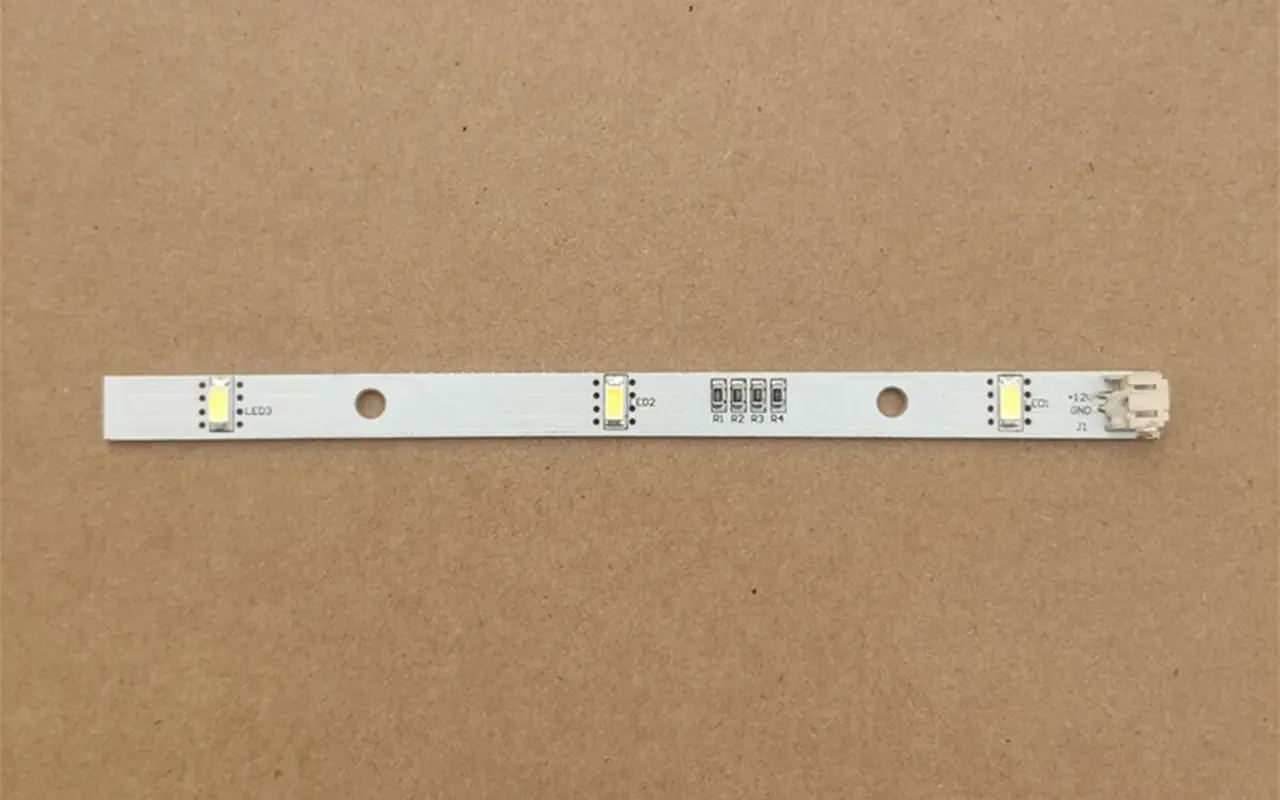
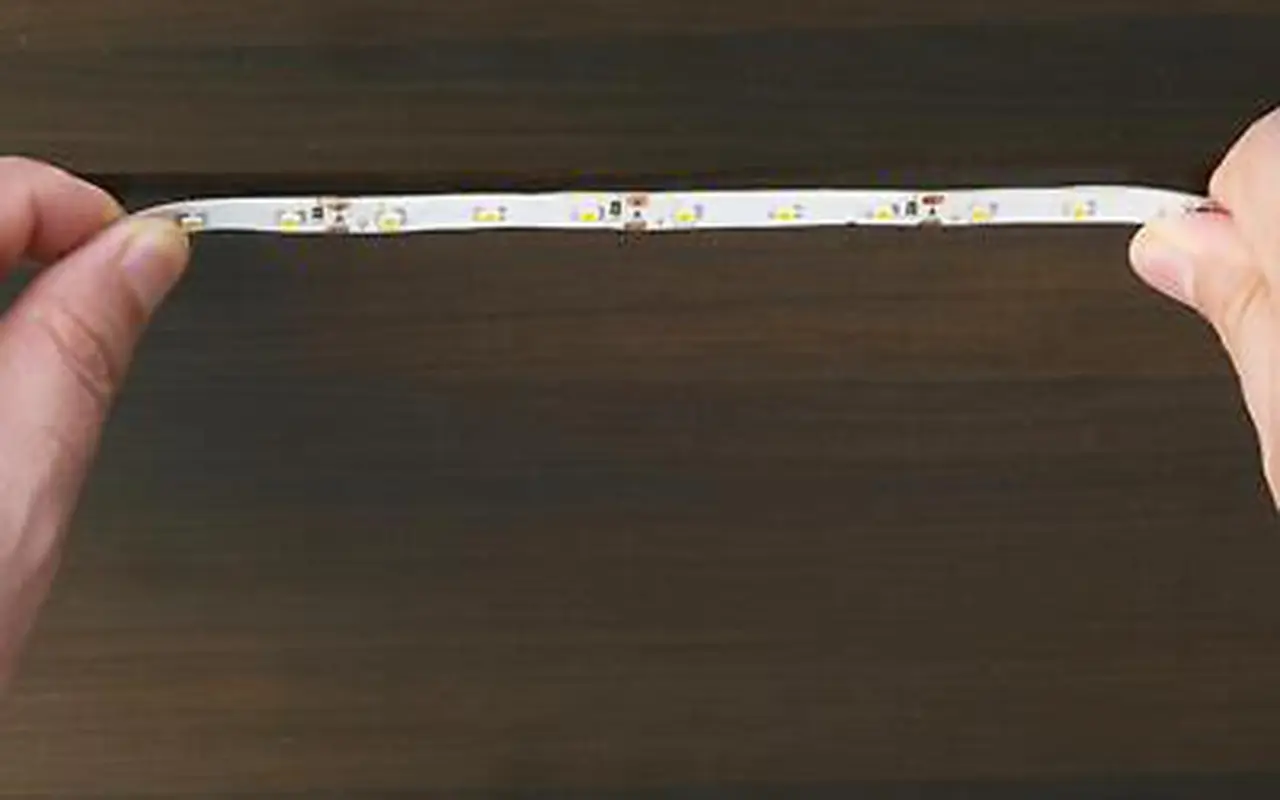
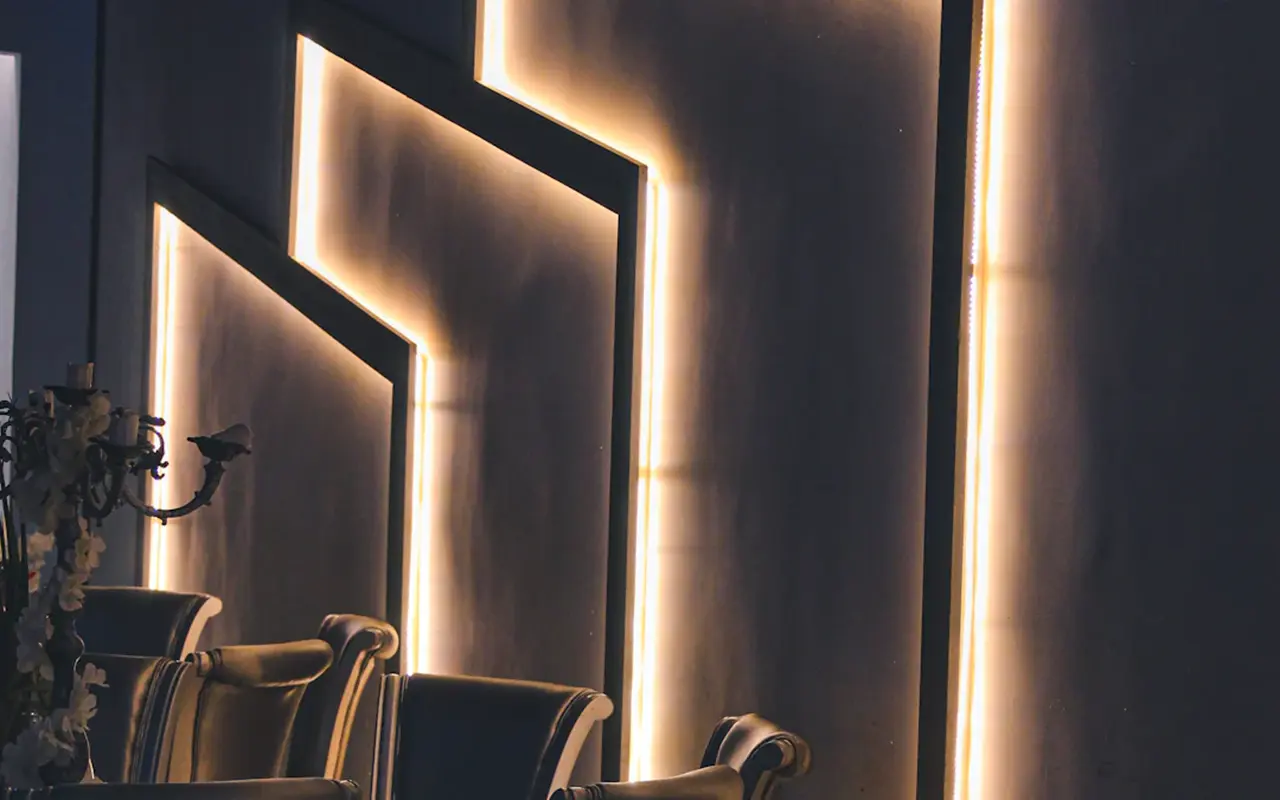
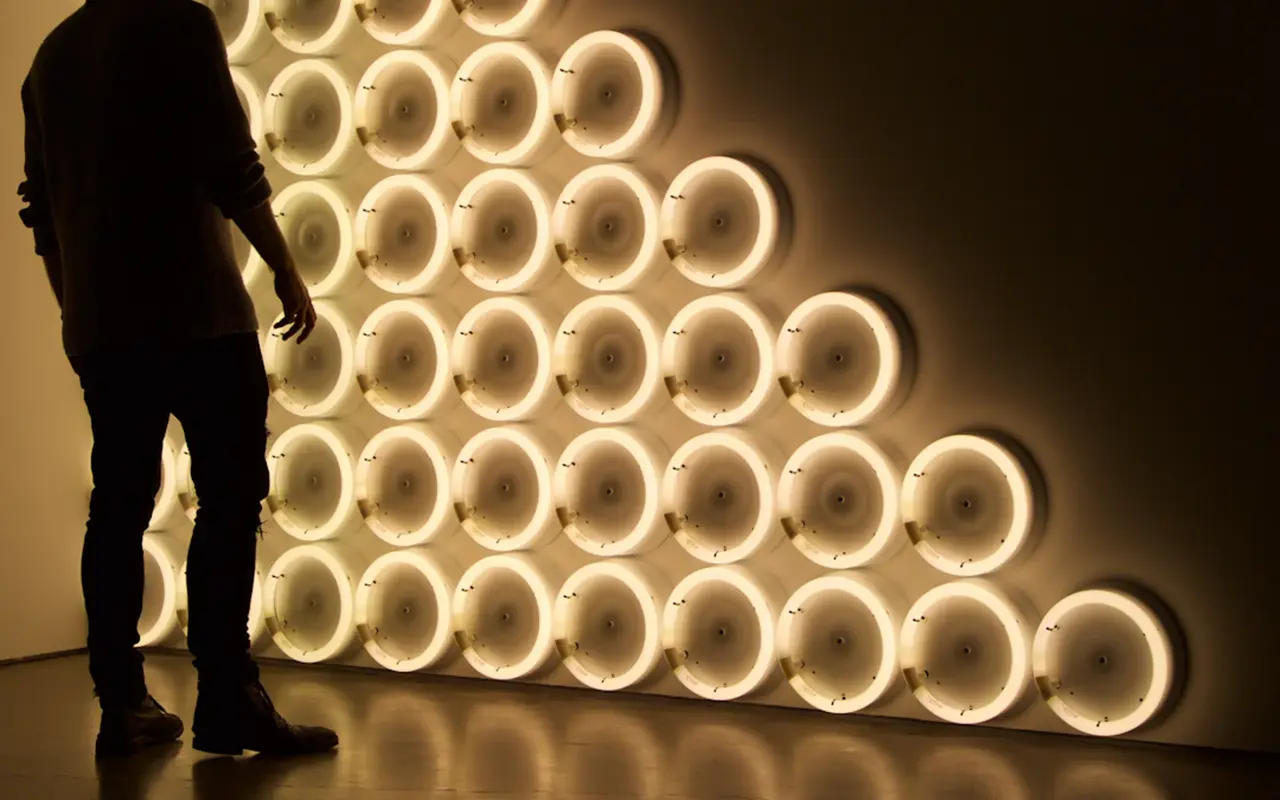
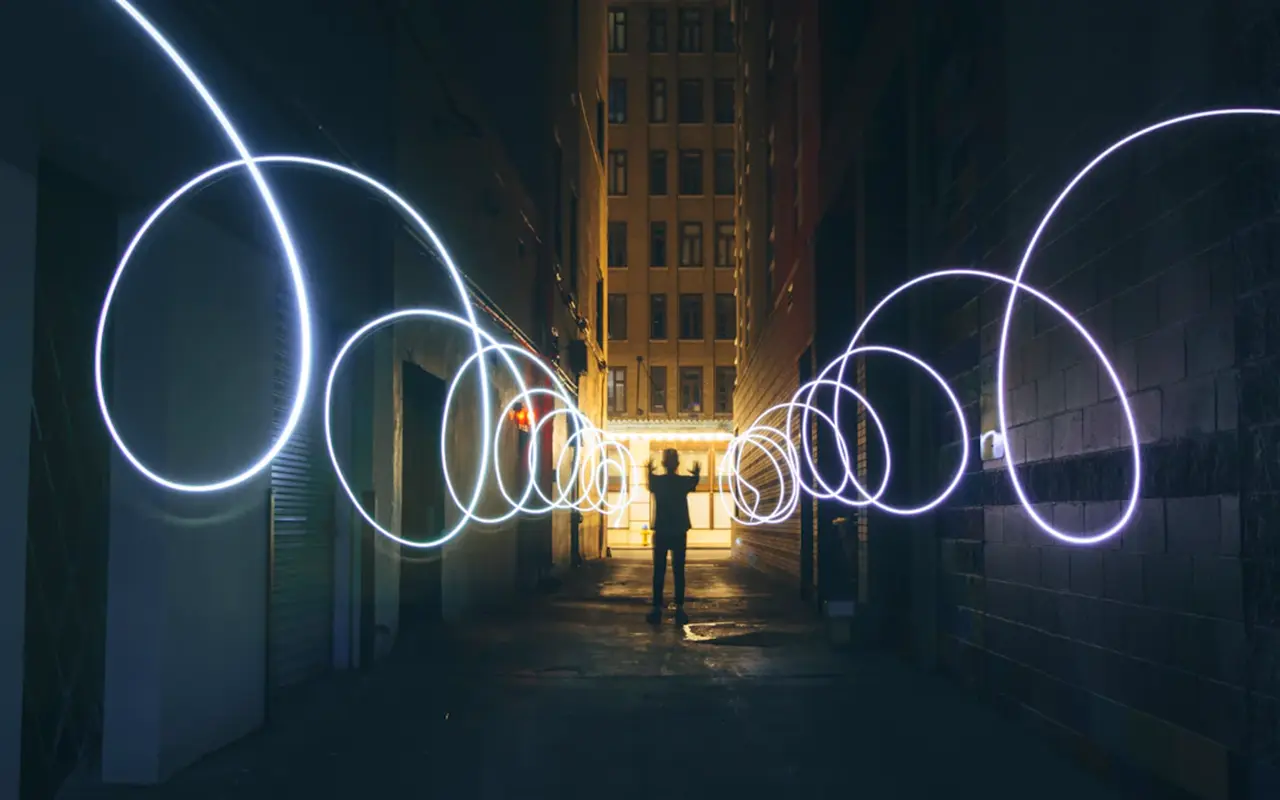
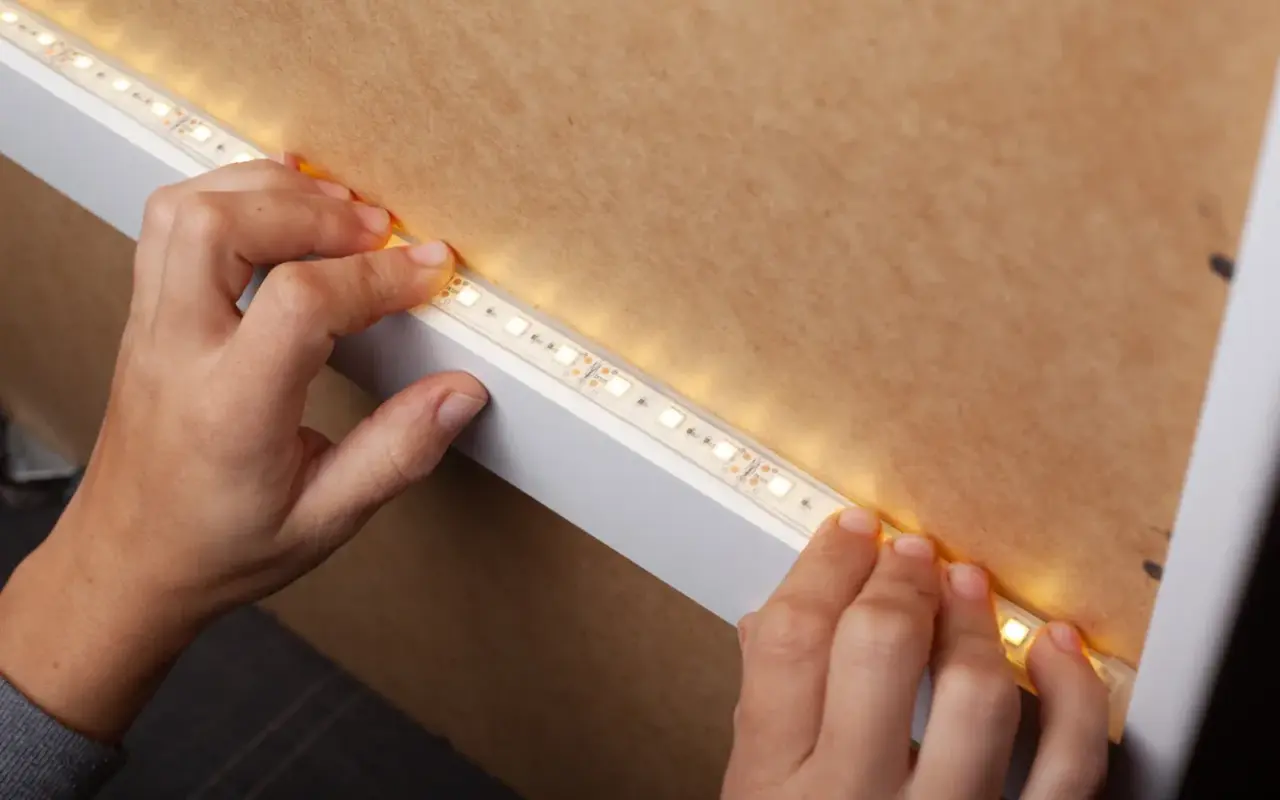

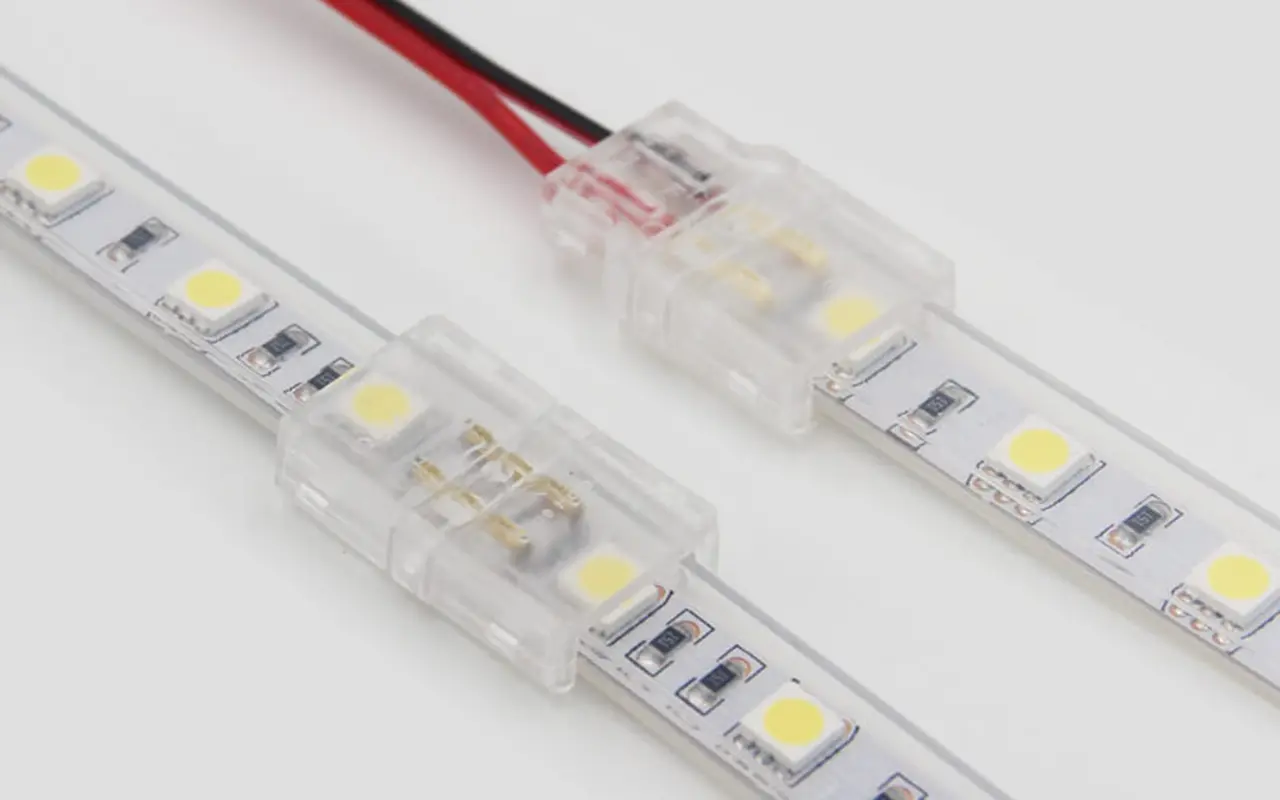
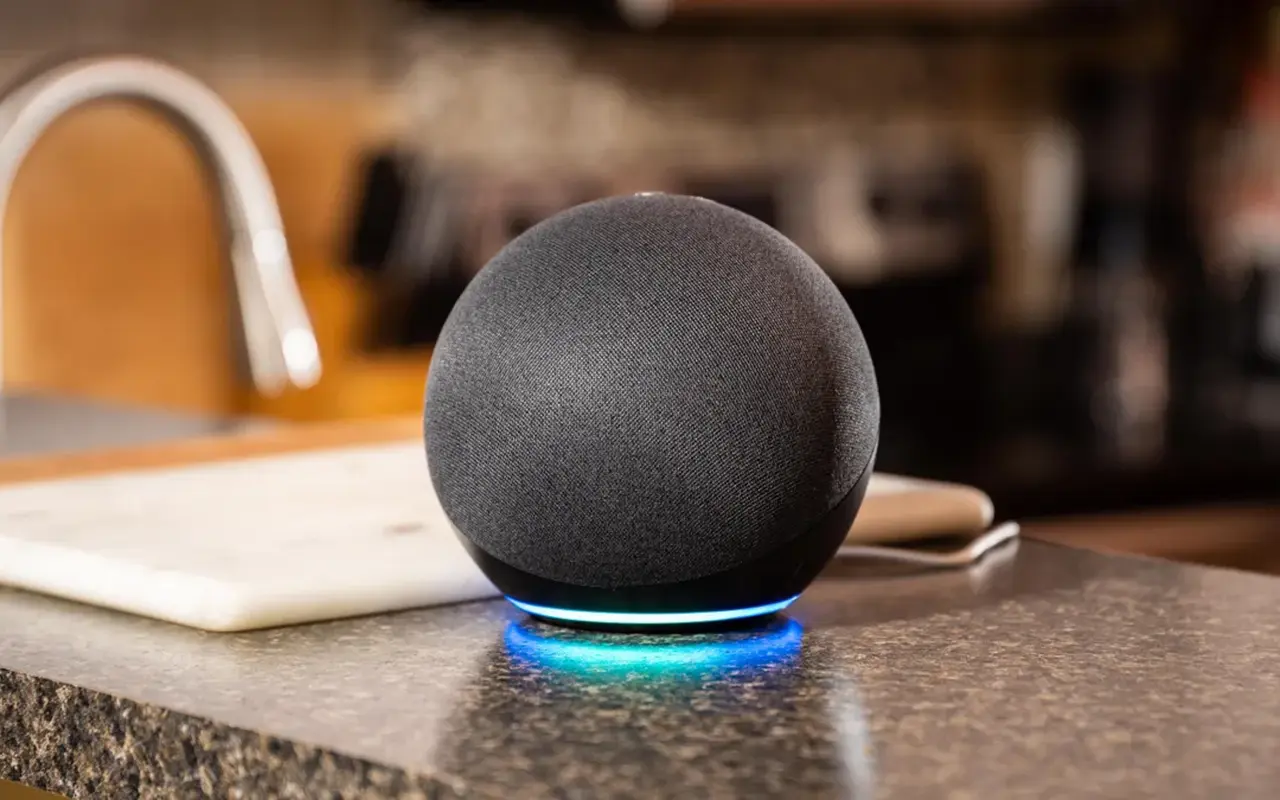
Dejar un comentario
¿Quieres unirte a la conversación?Siéntete libre de contribuir!